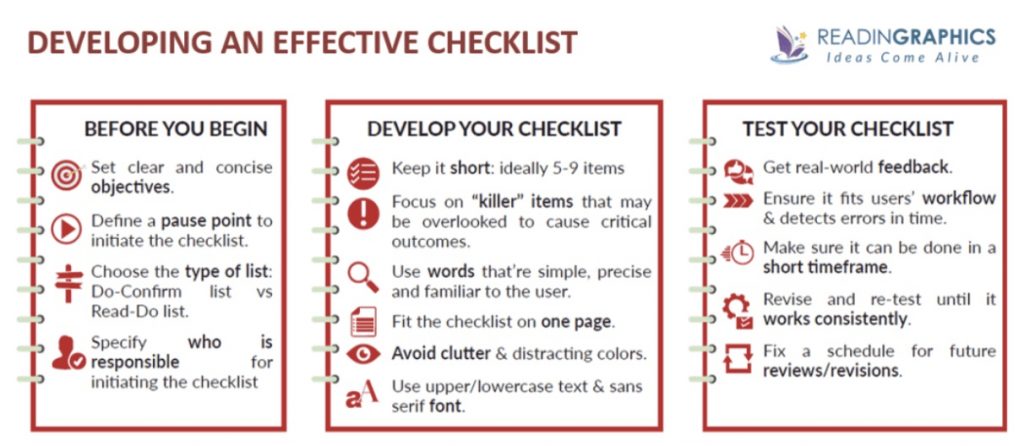
The following post is courtesy of Diane Harrison who is principal and owner of Panegyric Marketing, a strategic marketing communications firm founded in 2002 specializing in alternative assets.
It is simple human nature to be drawn to the new, the different, variety of all sorts. In a joint paper published in December, 2004 in the American Psychologist, Variability Discrimination in Humans and Animals: Implications for Adaptive Action, by Edward A. Wasserman, University of Iowa, Michael E. Young, Southern Illinois University at Carbondale, and Robert G. Cook, Tufts University, the authors suggest that there is evidence from many areas of behavioral science to indicate that the discrimination of and preference for stimulus variability affects both human and animal action. They discuss how discriminating stability, sameness, and uniformity from change, differentness, and diversity is fundamental to adaptive action for both species
A Risky Business
Leaving the animal world aside, let’s consider how the natural human tendency to seek the new and different can impact a sound investment management practice essential to running other people’s money. Indeed, one of the most important components of a successful investment business long-term is the ability to manage risk. Beyond the actual investment activity, operational risk is included in this risk management effort, commonly referred to as the compliance function of a firm. Compliance simply means adherence to a set of rules, which can include both regulatory legislation in addition to internal controls and external standards.
One of the first areas to come under inspection from prospective investors is the compliance procedures of an investment firm, during a review process titled due diligence. Here, operational, managerial, investment, and risk management areas are thoroughly explored to determine if proper procedures and policies are in place to ensure the investment firm meets legal and regulatory guidelines and standards as well as performance benchmarks and policies for growth.
Typically, a due diligence checklist is used to ensure all facets of compliance are covered and satisfactory answers provided. Checklists are important to the process to aid in the success of a disciplined survey of the varied processes and to avoid human error failures where possible. In fact, checklists are such a vital tool to ensure repeatable and comprehensive oversight that a short exploration of why and how they matter makes sense.
From the Simple to the Complex
In 2009, Boston surgeon Atul Gawande published a book, The Checklist Manifesto, which presented his theory that knowledge and complexity in many fields have exceeded the capacity of any individual human to get things right alone. He suggests that, under pressure, humans will tend to make simple errors and sometimes overlook the obvious. He states that humans fail to get things right because, ‘in numerous professions — for instance, medicine, engineering, finance, business, and government — the level and complexity of our collective knowledge has exceeded the capacity of any individual to get everything right.’ He goes on to suggest that the solution to this tendency is a checklist, which provides for improved consistency, efficiency, and safety.
Building a Solid Checklist
If by now you are convinced that creating a checklist can be beneficial to your business, the following diagram from ReadingGraphics might help you build out your own. Setting objectives, assigning responsibility, defining precise and clear items, and testing for viability are all included in the process steps here.

Why It Works
CREATIVITY―Having the routine of a checklist helps lessen the chance of things going wrong. The process of checking repeatable steps frees the individual to focus on other aspects of adapting or growing a business practice to move it forward.
TEAMWORK―The use of a checklist gives structure and purpose to the steps involved and the individuals assigned to carry them out. This fosters better communication between team members as they work to ensure the whole process is carried through,
BUILDING OUT―A checklist can be used as the building block for extending the complexity of a process. Many improvements are made through a series of iterative processes, and having a reference point like a solid checklist can facilitate the development of new thinking.
Check Your Results
Hopefully, you’ve been sold on the concept of employing checklists in your business practice. A few last pointers to consider in making your incorporation of checklists a natural part of your operations:
- Keep it Simple and Short
- Be Precise in What the Check Step Defines
- Use the Checklist for both Learning and Reminding
- Test And Adjust the Checklist as Needed
As Amazon’s summary of The Checklist Manifesto illustrates, ‘we can do better, using the simplest of methods: the checklist. In the book’s real-life examples, Atul Gawande reveals what checklists can do, what they can’t, and how they could bring about striking improvements in a variety of fields, from medicine and disaster recovery to professions and businesses of all kinds.’


Leave a Reply